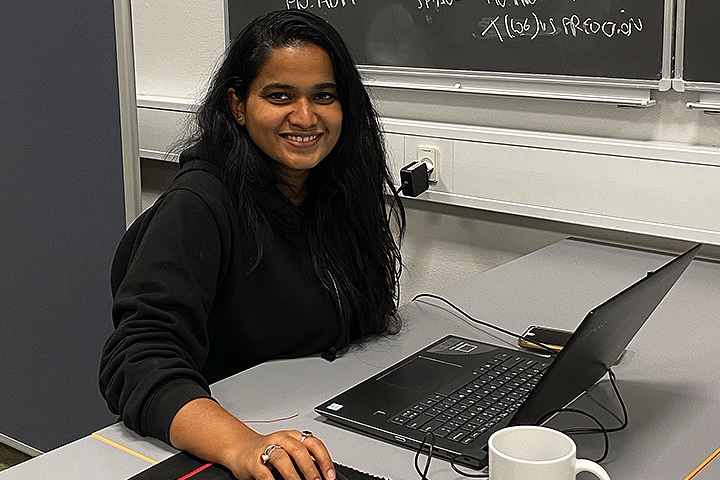Shaking off the shadows from Rana Plaza
23-04-21

From being denounced worldwide for its poor safety and working conditions, Bangladesh and the garment industry have started to take working conditions and occupational health and safety seriously, says Peter Hasle and Jan Vang. They are both professors at University of Southern Denmark and involved in Danida supported research projects in Bangladesh.
By Vibeke Quaade
It was a great shock and a terrible tragedy when on 24 April 2013 a textile factory in Bangladesh collapsed and killed more than 1000 of those working there.
Around the globe, all of us customers who buy and wear clothes made in Bangladesh were already well aware that it was the low pay rates of the textile workers that meant we could buy our clothes so cheaply.
However, few of us knew about the poor safety and bad working conditions in which the garment workers made the clothes. The Rana Plaza factory collapse opened our eyes and since there has been a gigantic push to rectify the situation, both from within Bangladesh and internationally.
Now, 8 years later, a lot has happened. Peter Hasle and Jan Vang, Professors at the University of Southern Denmark, and involved in several large Danida supported research projects in occupational health and safety in Bangladesh, have followed the development closely.
It is not an overestimation to say that a huge transformation in building safety has taken place in Bangladesh, but there is still much scope for improving occupational health and safety in general, says Peter Hasle and Jan Vang in tandem.
During the project Health and safety, productivity and quality in the garment industry in Bangladesh Peter Hasle and Jan Vang together with colleagues from both Denmark and Bangladesh looked into the correlation between the working environment and productivity in the textile industry. They found that companies with high productivity also have good working conditions.
Watch the video about the project Health, safety and productivity in garment in Bangladesh.
These findings were important because they show that it is profitable for a company to invest in a good working environment, Peter Hasle says, and continues;
Our research also shows that far too few companies still lack a strategy leveraging synergies between productivity and occupational health and safety.
The second project Safety and Health and Audit Practices in Bangladesh is not finalised yet, but the preliminary findings show that the audit methods have changed radically since Rana Plaza explains Professor Jan Vang, who is the Principle Investigator and Project Coordinator of the project.
From being solely about inspection, and based on a policing mentality, the new methods are evolving to incorporate capacity development components too. Some of them also provide opportunities for corrective action plans and self-assessment, says Jan Vang.
While it remains to be seen if the new standards get traction, it is important for the industry to reduce the amount of money and resources used on standard auditing and use the money for development-oriented activities, Peter Hasle supplements.

An average garment factory in Bangladesh has more than five social compliance audits per year by external auditing companies. On top of these comes a large number of additional audits by global buyers and also on other issues such as environmental and climate footprints. These activities consume a huge amount of money and resources without delivering sufficient value to either global buyers or suppliers.
To the two professors, the new audit methods, combined with the already improved working conditions and the realisation that a good working environment pays off on the bottom line, indicate that Bangladesh is well aware of its need to shake off its bad image.
From being denounced worldwide for its poor working conditions, the country and its garment industry have now started to take working conditions and occupational health and safety seriously, says Jan Vang.
Together with Peter Hasle he is looking forward to following if introducing the new audit standards can help Bangladesh and the garment industry to create the needed transparency in safety and working practices to get rid of the shadows of Rana Plaza.
Read also Economic and social sustainability of the garment industry – possible strategies
Go back to our stories